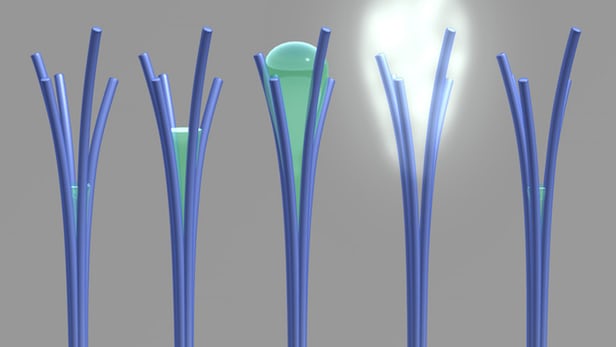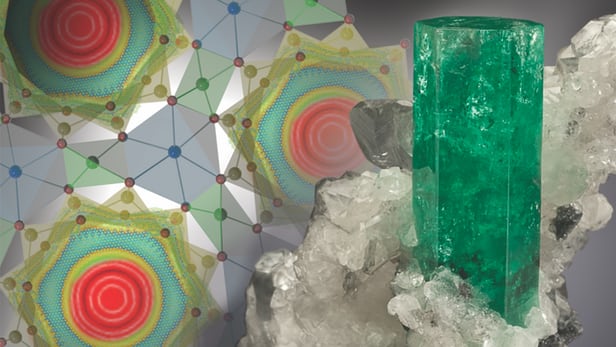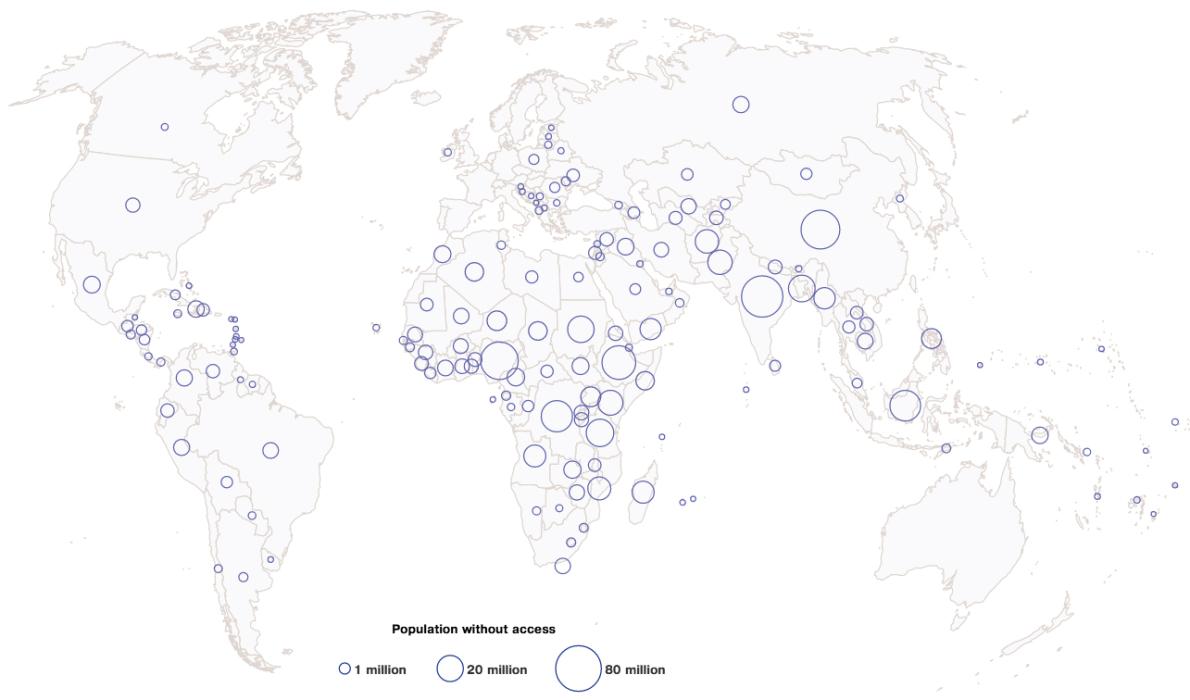For many people, camping/emergency lanterns are one of those things that may sit for months without being used, only to have dead batteries when they’re finally needed again. While solar-powered lanterns are one alternative, they do still need to sit in the sunlight for a few hours in order to charge. That’s where Hydra-Light’s PL-500 comes in. It’s a fuel cell-powered lantern that’s ready to shine as soon as it receives some salt water.
The PL(Personal Lantern)-500 features 16 LEDs, along with a USB outlet for charging devices such as smartphones. It also comes with a palm-sized 3-LED Accessory Light, which can be plugged into and powered by a 2.5-mm outlet on the main lantern, via a 30-ft (9-m) power cord. Read more






